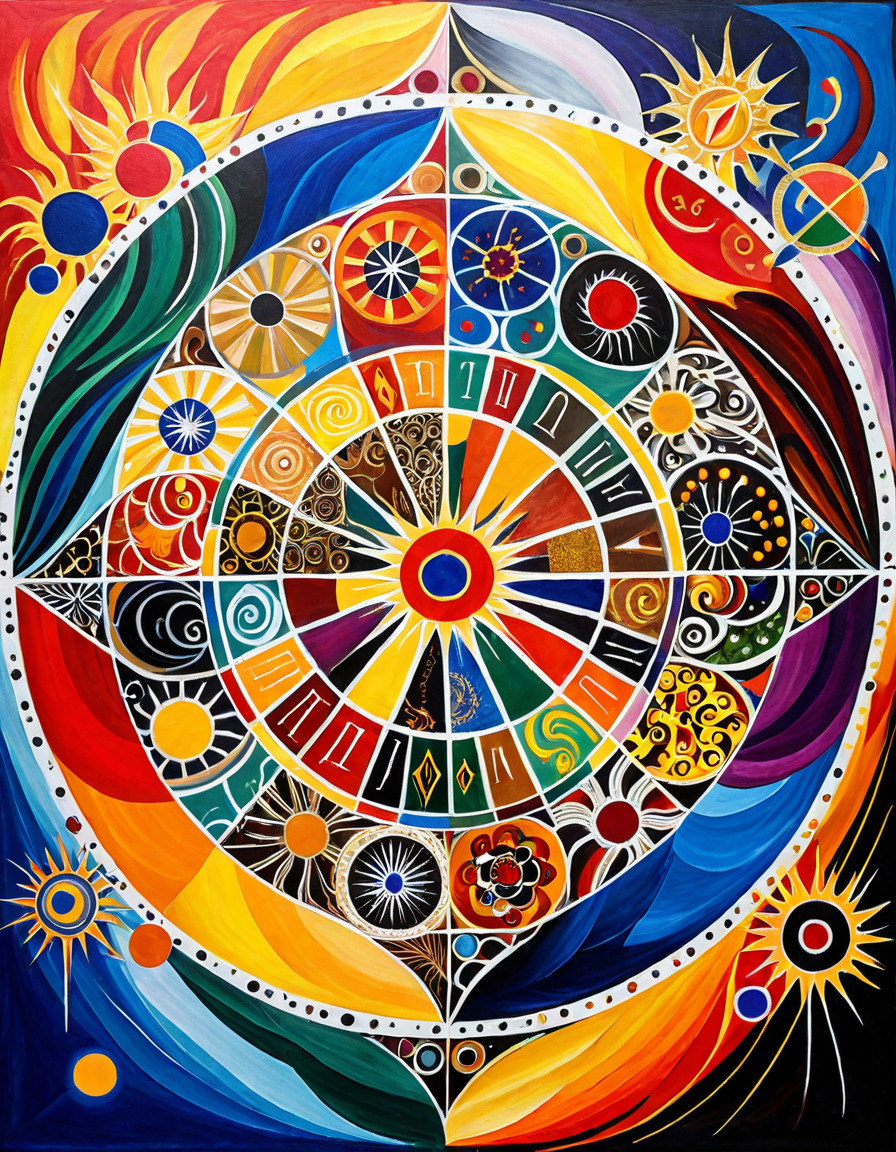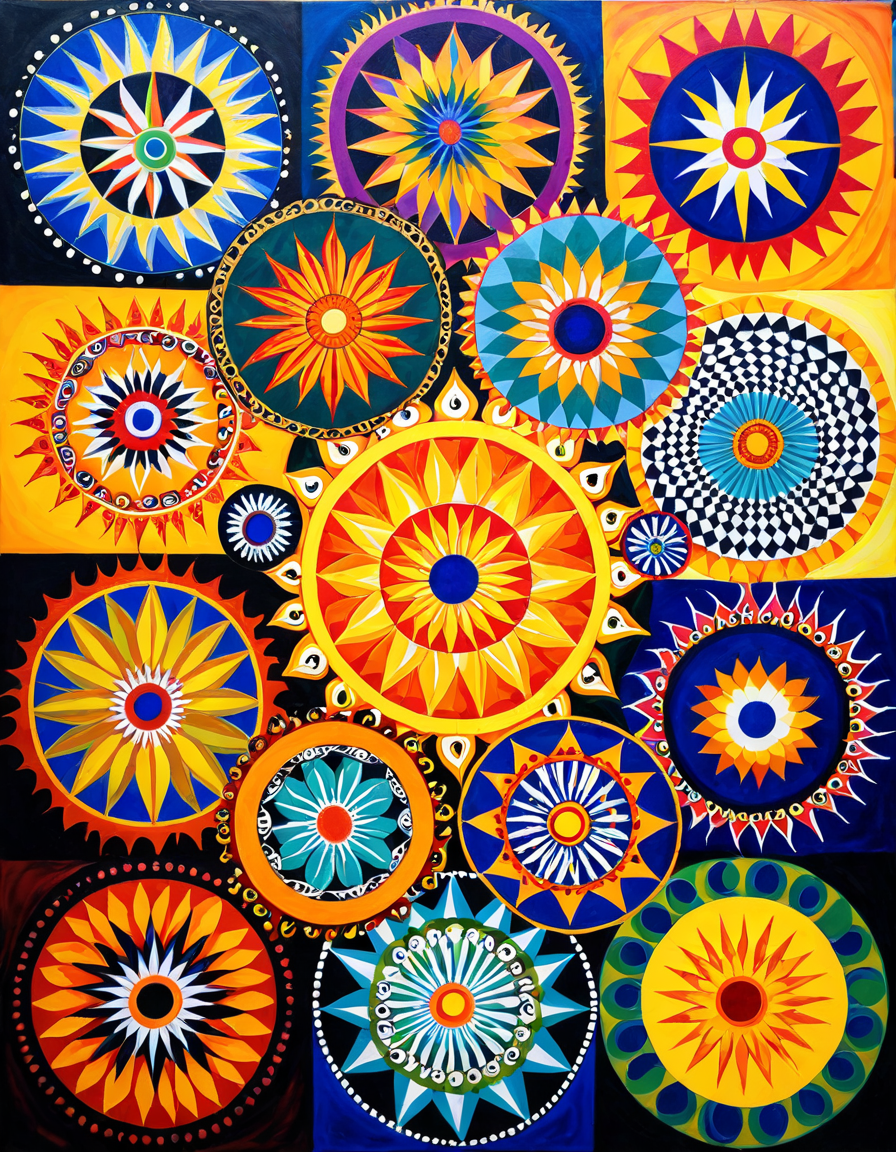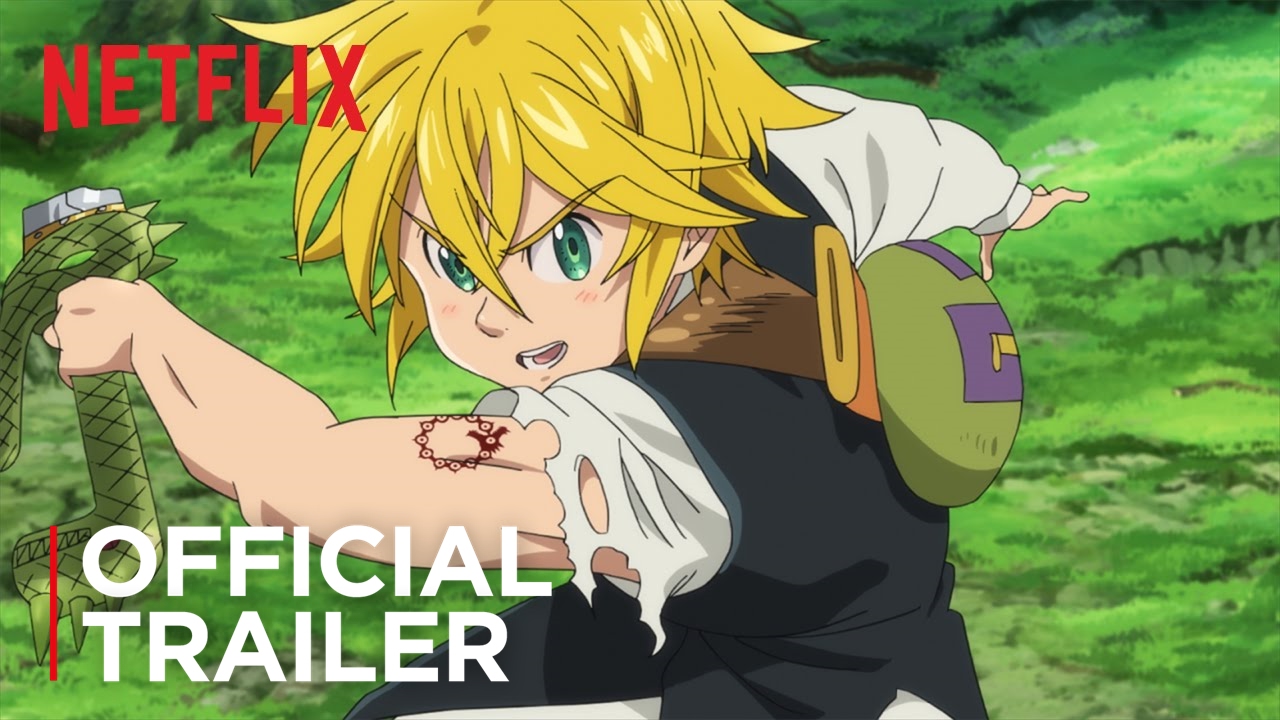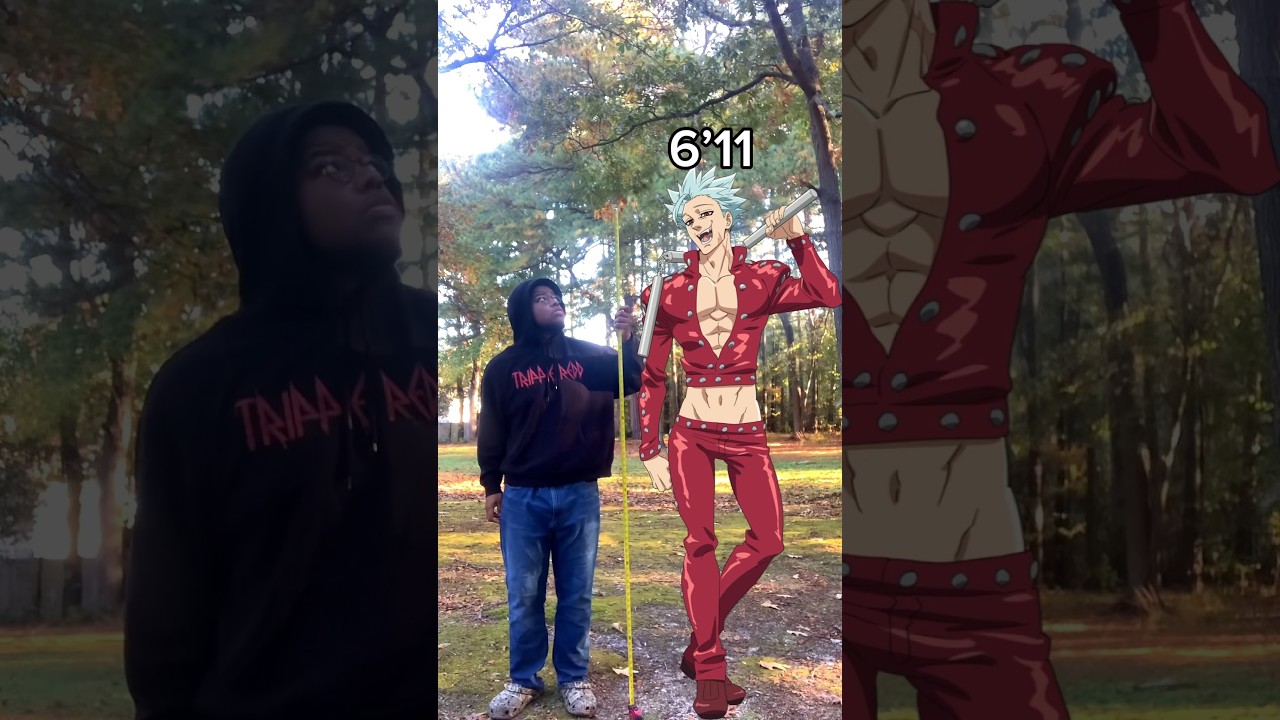Throughout centuries, the seven deadly sins—pride, greed, lust, envy, gluttony, wrath, and sloth—have loomed large over human behavior and culture. While these vices come from Christian doctrine, they’ve evolved into a fascinating lens through which we can explore modern life. Today, the seven deadly sins manifest in blatantly fascinating ways, reflecting our society’s values and challenges. So, grab your popcorn and let’s dive into how pop culture often mirrors these timeless transgressions.
Unpacking the Seven Deadly Sins: A Modern Interpretation
As we witness the world through screens—big and small—our daily distractions often steer us toward indulgence and recklessness. With social media glorifying excess and even corporate strategies driven by these vices, examining our desires has become essential. Each of the seven deadly sins resonates with us in unique ways, shaping how we perceive ourselves and those around us.
Take a moment to think about how these archetypes have seeped into popular culture. Blockbuster hits and cult classics alike explore themes of morality and consequence, making these sins ripe for exploration. Movies like Osmosis Jones delve into gluttony and health risks in a comical way, underscoring the relationship between our choices and their impacts.
You might find yourself resonating with the seven deadly sins as they accurately reflect the complexities of human nature. Let’s unpack how each sin shows itself in contemporary society, offering vibrant examples for every cinephile to chew on.

Top 7 Modern Manifestations of the Seven Deadly Sins
1. Pride: The Rise of the Influencer
Gone are the days when being proud only meant achievements; currently, pride embodies the influencer culture glorified across platforms. Reality stars like Kylie Jenner have turned pride into a business model, curating not just their lives but entire industries around self-worth and aesthetic appeal. The glamorization of perfection draws in millions, blurring the lines between genuine connection and self-indulgent vanity.
Social media platforms like Instagram and TikTok showcase an idealized existence that’s hard to resist. The result? A constant comparative struggle where followers might gauge their lives against someone else’s highlight reel. This never-ending pursuit of admiration keeps us hooked, leaving little room for authentic expression.
2. Greed: Capitalism at Its Peak
Step into the realm of modern greed, and you’ll meet the titans of Silicon Valley—think Amazon and Google. Jeff Bezos’s meteoric rise to fame and wealth highlights a thirst for profit that knows no bounds. Even during a global pandemic, Bezos’s fortune grew monumentally, leaving many to question the ethics behind such capitalist triumphs.
We see this greed play out in every purchase. Sometimes, we prioritize convenience over ethical considerations. Remember the last time you added third-party items to your cart? Yeah, me too—and it’s hard to resist the allure of a good sale. This rampant desire(sin) has far-reaching impacts, shaping societal norms around consumption.
3. Lust: The Normalization of Desire
With the rise of platforms like OnlyFans, modern lust has transformed from taboo to a marketed experience. Celebrities such as Bella Thorne showcase their sexuality in ways that reshape our views on intimacy and agency. The fine line between private lives and public access continues to blur, creating a culture where sexual expression is commonplace.
Society now witnesses this shift, with mainstream media embracing many forms of eroticism that once lived in shadows. The new era of desire encourages open conversations but also leads to a commodification that can feel overwhelming. It’s a wild ride, folks, but one many are more than willing to take.
4. Envy: The Deceptive Glass of Social Media
Ah, envy! It’s alive and kicking thanks to social media’s constant stream of curated lives. TikTok users whistle past their favorite creators’ clips, perhaps showcasing incredible vacations or perfectly executed brunches. However, this routine often stirs a feeling of inadequacy—a silent scream in the face of perfectly polished lives.
Research shows that this incessant exposure fosters feelings of inadequacy and low self-esteem. It’s as if we’re in a competition we didn’t even enter. The antidote? Realizing that behind every polished selfie lies the clumsy, unscripted reality we often ignore.
5. Gluttony: The Era of Overconsumption
As we binge-watch shows on platforms like Netflix, we find ourselves in the age of gluttony, feasting not just on food but on entertainment. Fast fashion brands like Shein have mastered the art of promoting an unsustainable lifestyle. The “buy now, wear once” mentality leaves a trail of waste—both in our closets and on our planet.
Consider how much content we consume effortlessly. The endless swipe of a screen can lead to an empty feeling as we do nothing of substance. While indulging is essential, it’s crucial to reflect on how these choices impact our environment and sense of fulfillment.
6. Wrath: The Rise of Cancel Culture
In today’s landscape, wrath wears a digital mask known as cancel culture. Celebrities who’ve made missteps—consider J.K. Rowling and her controversial comments—are swiftly met with intense backlash. While this movement provides accountability, it could also stifle open dialogue.
As viewers, we engage in this complex web of outrage, sometimes forgetting that everyone can err. It’s a tricky balance of holding individuals accountable while allowing room for growth and understanding.
7. Sloth: The Binge-Watching Era
The digital age gives rise to sloth, a sin articulated in our phenomenon of binge-watching. Platforms like Netflix undeniably make it easy to lose track of time. Ever started a series only to find yourself in a marathon of episodes? You’re not alone—and while it can be relaxing, excessive binge-watching poses real risks to well-being.
This cultural shift toward lethargy impacts not only personal productivity but also social dynamics. As we scroll and binge, real connections can easily slip through the cracks, ultimately leaving us craving something more meaningful.

Engaging with Our Darkest Desires: A Call for Reflection
Examining the seven deadly sins in a modern context sparks vital conversations about our values and choices. These age-old vices still serve as critical lenses through which we analyze desires, behaviors, and societal norms. Every choice to engage with pride, greed, lust, envy, gluttony, wrath, or sloth carries weight, allowing us to reconsider our pursuits in modern life.
As we navigate the implications of these transgressions today, let’s take a moment to reflect. Recognizing and understanding these desires could lead us toward a more harmonious existence, guiding us to balance indulgences while nurturing personal growth. Understanding the seven deadly sins is more than just relating to them; it’s about exploring what it means to be human in a world that’s ever-evolving.
So, seize the day! Engage with your darkest desires through the lens of film and media, and turn these transgressions into opportunities for growth. Because at the end of the day, the true beauty of cinema is its capacity to provoke thought, spark conversations, and ultimately, reflect the intricate dance between our desires and the societal norms that guide us. Keep your eyes peeled; every film could hold a nugget of truth about the human experience.
Explore deeper, reflect wisely, and who knows? You might just learn something valuable about yourself while unwinding with your favorite flicks.
Seven Deadly Sins: Engage Your Darkest Desires Today
A Sinful Dive into History
Ever wondered how the seven deadly sins made their way into pop culture? Dating back to the early Middle Ages, these moral vices were used to teach spiritual lessons. Unleashing indulgences in a fun way, they found a niche in literature and even film! Speaking of indulgences, did you ever check out the fascinating types of butts that pop culture loves to highlight? It seems like everywhere you look, there’s an eye-catching representation! The exploration of these vices reflects how society grapples with human desires, much like how the Carry On cast pushed boundaries in their comedic take on various social themes.
The Sins as Characters
The seven deadly sins don’t just hang around quietly; they often become characters in their own right. From movies to TV shows, they’re portrayed with all sorts of outrageousness. For instance, films featuring characters that represent greed or wrath can be both capturing and hilarious, keeping audiences on their toes. And here’s a cheeky nugget: America Ferrera starred in a movie where themes of lust and sloth were hilariously tackled! It’s intriguing how these themes connect back to human nature. Just like shopping for a new colchon, characters in these tales resonate with us based on our experiences and desires in life.
Pop Culture Persona
Speaking of engaging with our darker sides, Aimee Garcia is a perfect example of how talents bring a twist to these themes. Check out those Aimee Garcia movies and TV shows where she navigates through characters that embody sloth or envy in a new light. Isn’t it funny how audiences resonate more with those shadows that whisper sweet temptations? It’s like a guilty pleasure we can’t quite resist, kind of like those evenings spent surfing through OutKick‘s latest sports rants or chatting about the infamous TBS lineup! These moments create a light-hearted backdrop that propels the motivations behind the seven deadly sins into everyday discussions.
So, the next time you encounter the seven deadly sins, remember—their representation isn’t just to frighten or teach us but to help us laugh, reflect, and sometimes indulge. We’re all just human after all!








